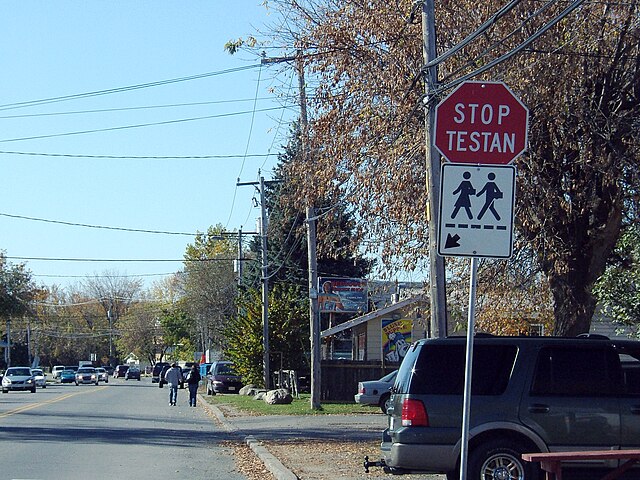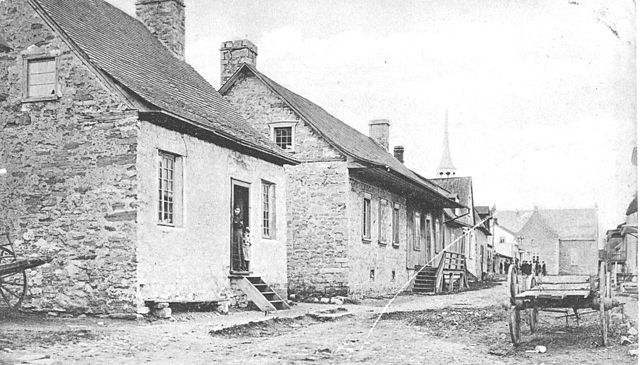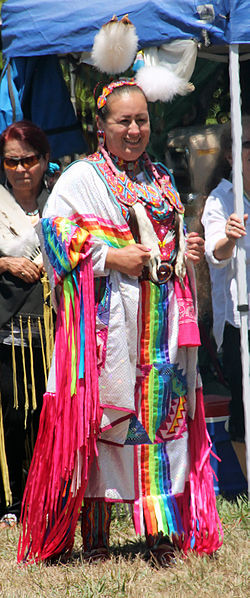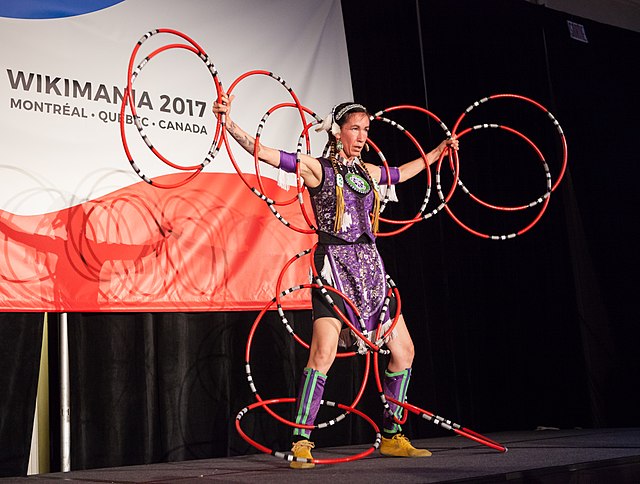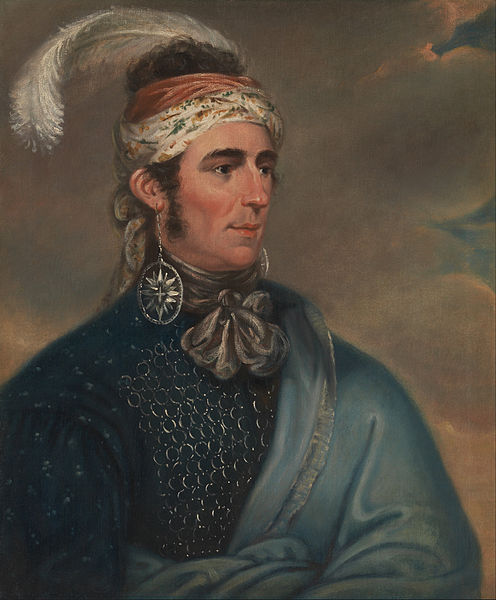The Kahnawake Mohawk Territory is a First Nations reserve of the Mohawks of Kahnawá:ke on the south shore of the Saint Lawrence River in Quebec, Canada, across from Montreal. Established by French Canadians in 1719 as a Jesuit mission, it has also been known as Seigneury Sault du St-Louis, and Caughnawaga. There are 17 European spelling variations of the Mohawk Kahnawake.
Kahnawake
Historic photo of Kahnawake, ca. 1860
Sault-Saint-Louis seigneury, 1829. The surveyor (McCarty) identifies the portion of land that is claimed by the people of Kahnawake as "Morceau réclamé par les Sauvages" - portion claimed by the Indians. Also, with the words "Vraie ligne de la seigneurie Sauvage" - true boundary of the Indian Seigneury, the surveyor highlights that the original boundary of the Iroquois seigneury is situated in the Seigneury of LaPrairie.
Claude-Nicolas-Guillaume de Lorimier (Major de Lorimier), sketch, c. 1810.
The Kanien'kehá:ka are in the easternmost section of the Haudenosaunee, or Iroquois Confederacy. They are an Iroquoian-speaking Indigenous people of North America, with communities in southeastern Canada and northern New York State, primarily around Lake Ontario and the St. Lawrence River. As one of the five original members of the Iroquois League, the Mohawk are known as the Keepers of the Eastern Door – the traditional guardians of the Iroquois Confederation against invasions from the east.
Thayendanegea or Joseph Brant, by Gilbert Stuart (1786)
Kanienʼkehá:ka dancer at a pow wow in 2015
Contemporary Quebec Kanienʼkehá꞉ka dance performance at Wikimania 2017
Teyoninhokovrawen (John Norton) played a prominent role in the War of 1812, leading Iroquois warriors from Grand River into battle against Americans. Norton was part Cherokee and part Scottish.

